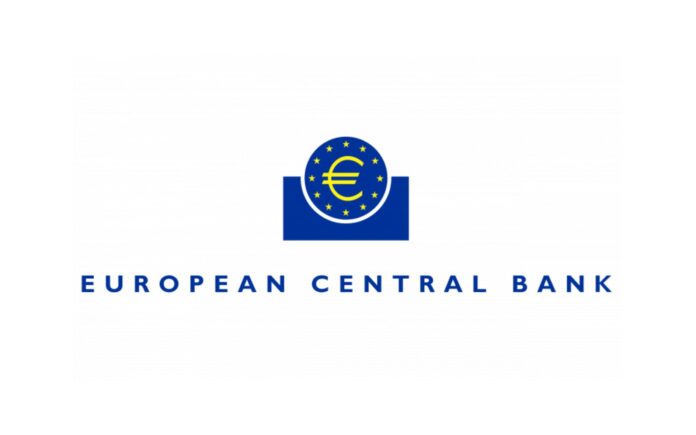The European Central Bank (ECB) and the European Systemic Risk Board (ESRB) have underscored the pivotal role of insurance and reinsurance in mitigating climate-related financial stability risks across the European Union (EU).
 The comprehensive report delves into the vulnerabilities of financial institutions, stressing the necessity for proactive measures to address the challenges posed by climate change.
The comprehensive report delves into the vulnerabilities of financial institutions, stressing the necessity for proactive measures to address the challenges posed by climate change.
The report reveals that banks are significantly exposed to high-emitting firms and households, with the share of high-emitting sectors in bank lending being 75% higher than in economic activity.
Furthermore, 60-80% of mortgage lending in the euro area is directed towards high-emitting households.
Climate change poses a tangible threat to financial stability, not only due to visible increases in climate hazards but also because of the underpricing and underinsurance of future climate risks.

To tackle these risks, the report advocates for a robust macroprudential strategy that extends beyond the banking sector to include borrowers and non-bank financial intermediation.
Existing EU macroprudential tools, such as systemic risk buffers and risk concentration limits, are identified as essential in addressing climate-related financial stability risks in a targeted and scalable manner.
The report also highlights the degradation of nature as an additional risk factor for financial stability. It emphasises that 75% of bank loans and over 30% of insurer investments in corporate bonds and equity are in sectors heavily reliant on ecosystem services.
Moreover, the insurance protection gap across euro area countries is significant, with only 25% of average climate losses currently insured.
Reinsurance is identified as a key player in managing risks from low-frequency, substantial-impact events. However, the report notes that with increased frequency and severity of climate-related events, reinsurers may face challenges in pricing risks adequately.
Capital market instruments, including catastrophe bonds (CAT bonds), are suggested as complementary tools to support traditional reinsurance and private insurance schemes, providing diversification and potentially combining impact underwriting with impact investing.
The report proposes EU-wide solutions to address the challenges, including the creation of a public scheme for natural disaster insurance covering a broad range of hazards.
This would not only reduce economic costs and accelerate recovery efforts but also incentivise risk reduction through mitigation and adaptation measures. The suggested EU-wide fund would be additional to existing climate change funding, with safeguards against moral hazard.





![[Toyota Times] From Strengthening Foundations to Boosting Productivity – Toyota Focuses on Break-Even Volume [Toyota Times] From Strengthening Foundations to Boosting Productivity - Toyota Focuses on Break-Even Volume](https://businessfortnight.com/wp-content/uploads/2025/11/Toyota-Times-From-Strengthening-Foundations-to-Boosting-Productivity-Toyota-218x150.jpg)





























